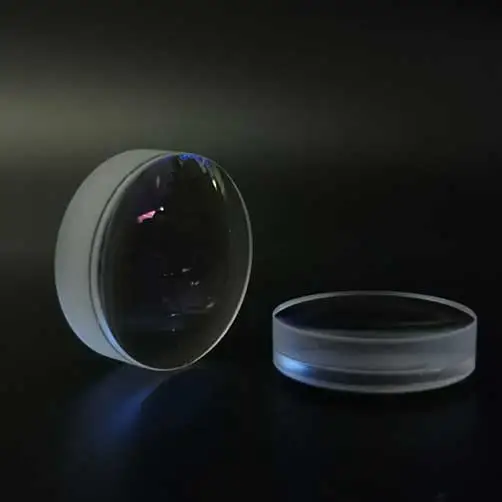
Depth of field: The range of moderately sharp focus around the subject is critical to the appearance of the final image, in order to take full advantage of all the aperture available on the lens, the camera can be mounted on a tripod to prevent camera shake.
Depth of field range: As the lens focuses on the subject, you can find the f/number corresponding to (or close to) the set aperture on both sides of the fixed reference symbol, and identify the relative value under the focal length mark to determine the effective depth of field.
Any kind of optical lenses types set at a certain f/stop will transmit nearly the same amount of light as the aperture diameter is directly related to the focal length, e.g. an 80mm lens with a 5mm aperture diameter will must be adjusted at f/16. So the focal length of the lens is divided by the diaphragm diameter to get the corresponding f/stop number.
Adjust the thread of the focus ring, and the lens extends from the camera. With the rotation of the focus ring, you can find the focal length being adjusted by placing the mark on the fixed reference symbol.
Turn the aperture ring up to the next f/stop number (e.g. from f/4 to f/5.6), the aperture size is halved (i.e. half the amount of light reaching the film); turn the aperture ring down to the next f/stop number ( e.g. from f/4 to f/2.8), the aperture size is doubled.
1. Change of aperture size
Focusing on a subject at the same distance through a lens of the same focal length illustrates how adjusting the aperture size changes the depth of field.
Generally speaking, the foreground depth of the subject is enlarged by 1/3, and the rear depth of field is enlarged by 2/3. The smaller the aperture, the greater the depth of field of the optical lens. The depth of field of F/2 aperture is much smaller than that of f/16 aperture.
2. The distance from the subject to the camera
Even with the same focal length and aperture, how depth of field is limited to a certain extent by the distance from the subject to the camera, the closer the subject is to the camera, the smaller the depth of field.
The depth of field produced by the lens focusing at 15 feet (4.5m) is much greater than the depth of field produced by the lens focusing at 5 feet (1.5m).
3. Change of lens
In the case of the same object distance and aperture, using lenses with different focal lengths can change the depth of field. The shorter the focal length of the lens, the greater the depth.
For ultra-wide-angle lenses (8-15mm), the optical lens has such a large depth of field that no focus adjustment is required, as the depth of field is clear at every stop.
Changchun Tiancheng Optics Co., Ltd. is committed to manufacturing windows, spherical lenses, aspherical lenses, prisms, filters, reflectors. Welcome customers from all over the world to consult.
